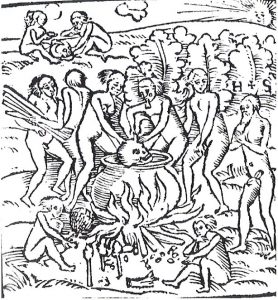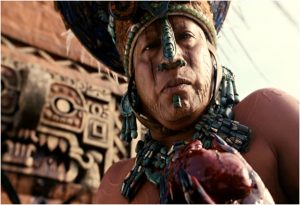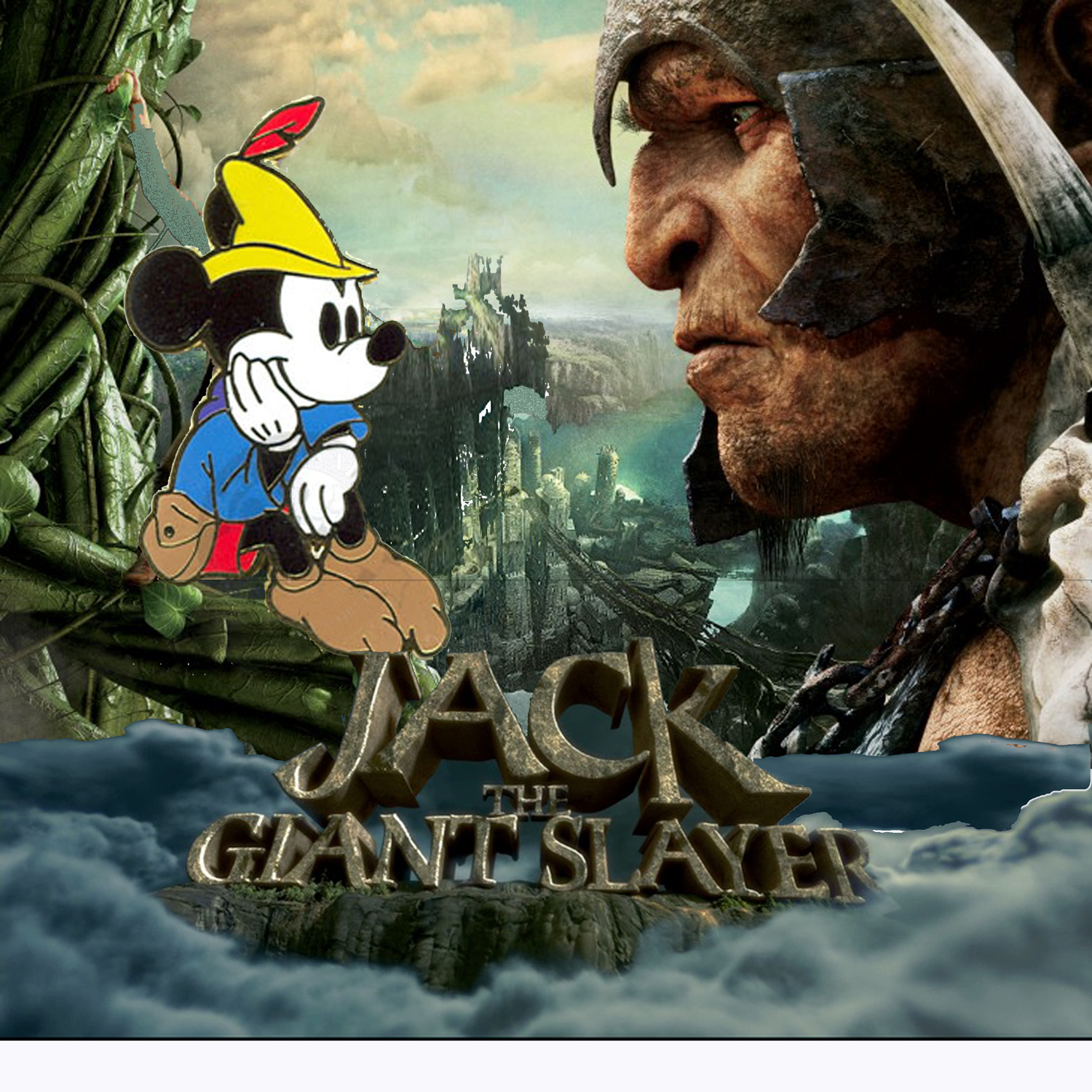
Before we get started, I need to inform you all of a couple of things…
1. This article probably won’t be as long as detailed as it deserves to be. I had a great article prepared with fascinating stories and analyses of cannibalism, but when I got to the end, my computer timed out and crashed, and since I was typing it directly onto the web page, I lost EVERYTHING. As much as I wanted to shoot my computer screen Elvis style, I resolved to re-write this article, but with my day job restricting my time, this won’t be as thorough. There are some great stories and examples that I simply won’t have to time to address, and that saddens me because I was really proud of how much interesting information I was able to uncover. Still, I’ll do my best to make it worth the while.
2. The subject of today is very controversial and may disgust some of you. It isn’t my intention to glorify or justify the act of cannibalism. My goal is to shed light on the history of this issue with old and recent examples and examine how it has been reflected back into culture through various media.
With all of that being said, let’s jump into Day 26 of Shocktoberfest and take a look at one of the ultimate taboos of human society.
The word comes from the Spanish word for the Caribs of the Lesser Antilles, “canibales.” When Spanish explorers traveled to the New World during the age of exploration, rumors made their way back to Europe that the natives on these islands engaged in what was referred to as anthropophagy: humans eating other humans. Regardless of whether or not these stories were exaggerated, the name stuck, and the Carib people’s name became forever associated with the consumption of human flesh.

While the issue of cannibalism is not as cut-and-dry as many might think, the motive for engaging in this activity can, for the most part, be narrowed down to three. Some people eat others as part of their cultural norm, often as a religious ritual. Others only do so in extreme circumstances of survival when no other food source is available. The third reason is the one that typically causes most alarm: a result of mental illness—although cannibalism in and of itself is not defined as an official mental disorder.
Whatever the reason might be, those who do it are demonized by Western sentimentality as being barbaric and evil. Many non-white civilizations who practiced it with a degree of regularity were labeled as savages by Europeans who witnessed them. Ancient Mexican societies like the Aztecs, Mayans and Zapotec combined cannibalism into their human sacrificial rites. In Aztec tradition, the priest would cut open the person’s chest with a ceremonial flint knife and remove the heart from the ribcage while it was still beating. The hearts were then placed in bowls held by statues of their deities as tribute offers.

While it’s debated how frequently this was done, the flesh and organs of those slain were sometimes eaten by the royalty and nobility. Some claim that it due to the scarcity of quality meat from the game they hunted, this was a way of treating themselves to good sources of protein in an otherwise starchy diet. Others claim that they ate them simply because they could and believed that devouring other people not only sent a clear message to the public who was in charge but also made them become more like gods as opposed to humans.
But before too long, cannibalism was made an even scarier thought when people in the West realized that it wasn’t something that was only done by “savages” in remote parts of the world. Twentieth-century gave the world two infamous cannibals. In the 1920s there was Albert Fish, a rapist and serial killer who was also accused of eating those he killed—including children—and even boasted that he had children in every state. The 1970s and 80s saw Jeffrey Dahmer who took his misdeeds a step further by engaging in necrophilia as well as cannibalism with his victims and even kept some of their bones as decorations. Yet the case that was arguably the most bizarre came from Germany in 2001. Armin Meiwes placed an ad on an online meet-up site and said that he was “looking for a well-built 18- to 30-year-old to be slaughtered and then consumed.” Several people responded to the ad but backed out before Meiwes could commit the act. Oddly enough, he never forced anyone into doing anything against their consent. However, Bernd Jürgen Armando Brandes did consent to Meiwes’ request. At first Meiwes cut off Brandes’ genitals, cooked them and both ate it. Afterwards, with Brandes’ permission, Meiwes killed him and ate his remains over the next ten months. What was even more strange is that their meeting was videotaped and done as a form of sexual gratification for Meiwes.

Suddenly cannibalism was closer to home than people realized, and these occurrences mortified the public at large. With such atrocities being committed in the “civilized” world, one might have hoped that these cases would have demonstrated the importance of treating mental illness more seriously than it had been before to avoid tragedies such as these, but instead, the horror genre simply used it as an easy scare tactic. Films like The Hills Have Eyes and Wrong Turn cast a different “other” group as cannibals since race is no longer politically correct: class. In both film series, the cannibals are hillbillies who have all suffered mutations, making them seem less human than they’re already portrayed to be. One film that to this day is one of the most controversial movies ever made was 1979’s Cannibal Holocaust. Not only is this film famous for popularizing the found-footage trope in cinema, but it actually used real indigenous people from the Amazon in the film to interact with the production’s American and Italian actors. The controversies from this film are numerous, but there were two major criticisms from audiences. The first was the graphic depiction of violence. Both animals and people were shown to be tortured and killed throughout the movie, and because it looked so realistic, rumors spread that it was actually a snuff film and that at least one of the actors had been killed on camera. The second major criticism of the movie was the exploitation of the natives. Most seemed to have no idea what these people were doing in their rainforest and didn’t understand that these visitors were there to make them look like monsters.
Still, the most famous cannibal in all literature and cinema is the one who turns the classical image of the cannibal on its head: Dr. Hannibal Lecter. Every book with him in it has been adapted for film and television, and he’s been played by four different actors, but his first appearance came in the 1986 crime thriller adapted from the novel Red Dragon called Manhunter.

While Manhunter was a movie with mixed reviews that has grown into a very well respected and admired film, it was the sequel, The Silence of the Lambs, that earned Sir Anthony Hopkins an Academy Award and turned Dr. Lecter into a horror icon. Hopkins’ portrayal allowed for more characterization since he was given more screen time than Cox, and while on screen, Lecter’s sadism is equated with his sense of intellect, charm and patience. Lecter is no ordinary predator. Outwardly he projects himself as a man of culture, well-versed in etiquette, but beneath his exterior lurks something foul and vicious. When talking to Clarice Starling, his stare pierces through her insecurities, and always being three steps ahead of his opponent, he’s always able to manipulate others to his own advantage. Much like Dahmer, he doesn’t just eat his victims like a wild animal. He takes his time to preserve and prepare the meat and building a delicious meal around it, adorned with candlelight and soft music.

Whether modern media is giving us the wild and feral cannibals who defy the norms of Western civilization or the cool and collected cannibals who are secretly plotting to serve “long pig” at their next soiree, these man-eating folks don’t seem to be going away from our consciousness any time soon. With the issue being such a strong taboo, it’s going to warrant some very visceral reactions from audiences and possibly make us question if we would ever resort to such an activity should push come to shove. So on Halloween, if you overhear someone talking about having a friend over for dinner with some fava beans and a nice chianti, that might be one Halloween party you should avoid.
For those of you who don’t speak German, “Mein Teil” is a song about the encounter between Meiwes and Brandes and translates to “My Piece.” The song and video are meant to convey both the homo-eroticism and brutality of their affair.




hannibal lecter eats the rude… maybe you should eat your computer… just sayin’…